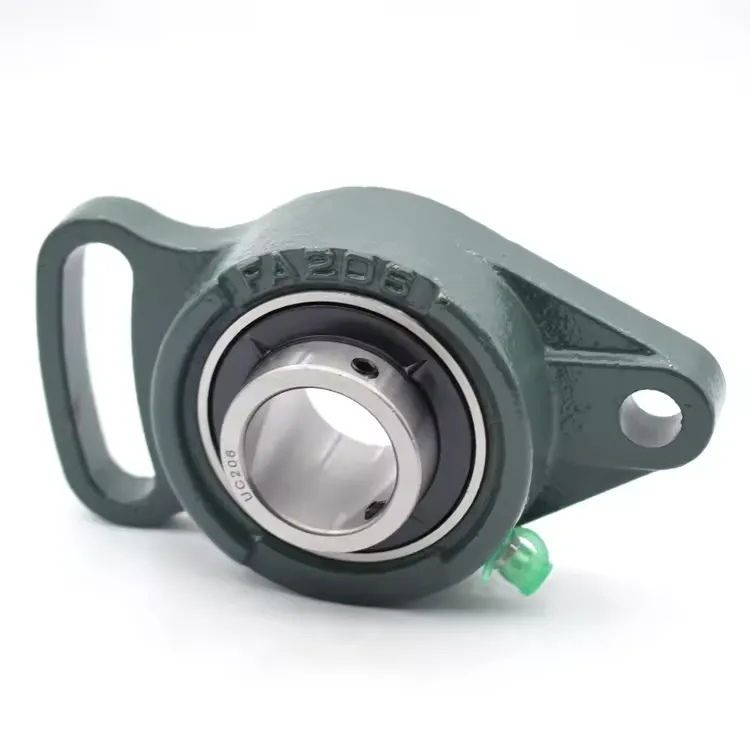Jul . 28, 2024 15:36 Back to list
Guidelines for Understanding Spherical Roller Bearing Clearance and Selection for Optimal Performance
Understanding Spherical Roller Bearing Clearance Charts
Spherical roller bearings are a crucial component in various machinery and equipment, enabling smooth and efficient rotational movements while supporting radial and axial loads. One important aspect of their design and functionality is the clearance between the bearing elements. This clearance can significantly affect the performance, durability, and lifespan of the bearings. Therefore, manufacturers and engineers often refer to spherical roller bearing clearance charts when selecting and installing these components.
What is Bearing Clearance?
Bearing clearance refers to the small gap between the rolling elements (balls or rollers) and the races (inner and outer rings) of a bearing. This gap is essential for accommodating the thermal expansion of operating components, ensuring proper lubrication, and minimizing wear. However, too much clearance can lead to excessive movement, increased friction, and potential failure, while too little clearance can cause overheating and premature wear due to increased contact pressure.
Importance of Clearance Analysis
Spherical roller bearing clearance is particularly important in high-speed and high-load applications. In these situations, the operating temperature can rise significantly, causing the materials to expand. A well-calibrated clearance ensures that the bearings can accommodate this expansion without resulting in detrimental contact between the rolling elements and the races.
Moreover, appropriate clearance can influence vibration and noise levels during operation. Bearings with optimized clearances tend to perform more smoothly, leading to lower operational noise and longer service life. Therefore, understanding and applying the right clearance values is vital for maintaining machine efficiency.
Using Clearance Charts
Clearance charts for spherical roller bearings provide essential guidance for engineers and technicians. These charts typically list various bearing sizes along with their corresponding clearance values, categorized by the application type—light, medium, or heavy loads. By consulting these charts, users can determine the appropriate bearing clearance that aligns with their specific requirements.
spherical roller bearing clearance chart exporter

To utilize a clearance chart effectively, one must first assess the operating conditions of the machinery, including load types, speed, temperature, and environmental factors. Once these conditions are known, the appropriate bearing type and size can be selected from the manufacturer's catalog, followed by checking the clearance chart for the recommended gap values.
Factors Affecting Clearance
Several factors can influence the required clearance for spherical roller bearings
1. Operating Temperature High temperatures require greater clearance to accommodate thermal expansions. On the other hand, colder environments may allow for tighter clearances.
2. Load Conditions Heavy loads necessitate larger clearances to prevent excessive stress on the bearing components. Conversely, lighter loads may allow for tighter configurations.
3. Speed High-speed applications generate more heat and, therefore, often require increased clearance to avoid contact between components during operation.
4. Lubrication The type of lubrication used can also impact clearance requirements. For example, oil-lubricated bearings may require different clearances compared to those using grease.
Conclusion
Spherical roller bearing clearance charts are indispensable tools for engineers and technicians in selecting the right bearing for their applications. These charts aid in determining the optimal clearance, taking into account various operational factors such as load, speed, and temperature. By understanding the significance of bearing clearance and utilizing the provided charts, users can enhance the performance and longevity of their machinery, ensuring reliable operation in demanding environments. Proper clearance not only improves efficiency but also safeguards the integrity of the entire mechanical system, facilitating a cost-effective solution to maintenance and operational challenges.
Latest news
-
Durable PLC 110-190 Spherical Roller Bearing for Mixer Reducer
NewsAug.26,2025
-
CSK-2RS Sprag Clutch One Way Bearing: Sealed, High Torque, Durable
NewsAug.25,2025
-
CKZ-D Series One Way Overrunning Clutch: Reliable Power Control
NewsAug.24,2025
-
203KRR3 Round Bore Series Bearings | Cylindrical Outer Ring, Precision
NewsAug.23,2025
-
Top Spherical Roller Bearing Material Exporter - High Performance
NewsAug.22,2025
-
Durable UCFC202-09 Round Flange Housing 4-Bolt Ball Bearing
NewsAug.21,2025